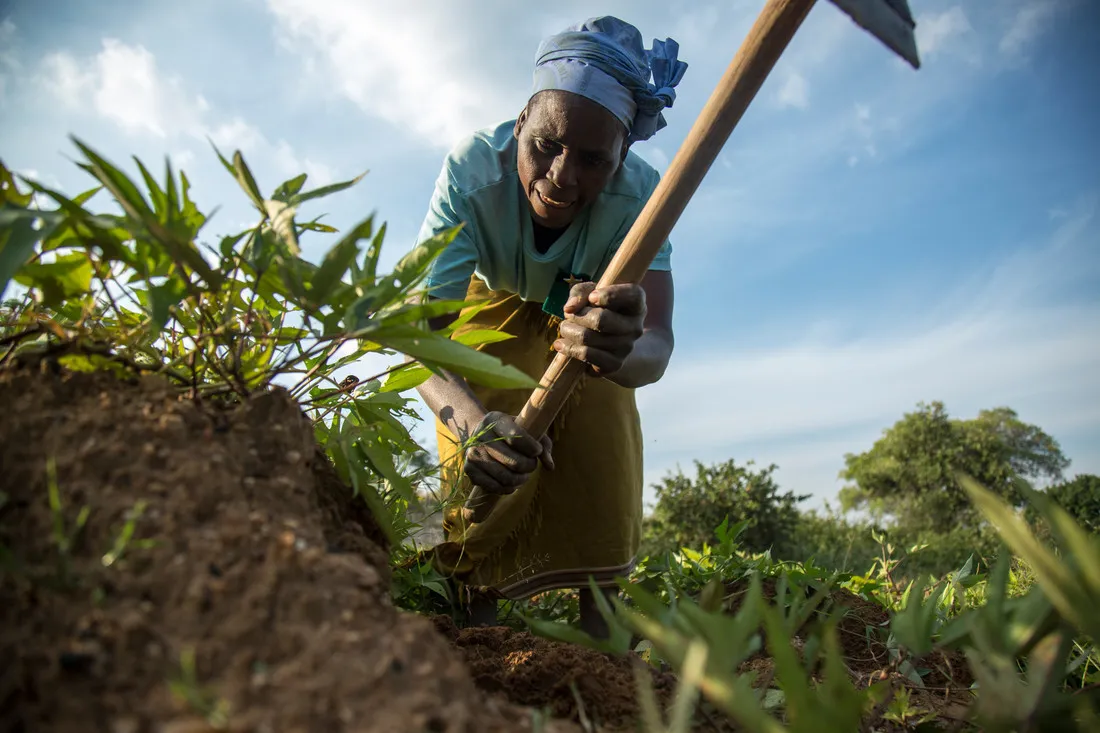What CARE is doing in Zimbabwe
CARE’s strategy focuses largely on food security, WASH, and education in emergencies. By providing access to clean water and sanitation, the organization hopes to decrease outbreaks of diseases like cholera and typhoid fever.
CARE is also providing clean water to those without, as well as delivering education around best hygiene and sanitation practices. Women are trained as pump mechanics, and women and girls are encouraged to join health clubs in schools.
In many countries facing humanitarian and food insecurity, school dropout rates soar as families must prioritize food and water access over education. One CARE pilot project involved constructing a solar-powered water pump, fish farm, and vegetable gardens in a school so that schoolchildren have access to water and food, even during the height of the drought.

